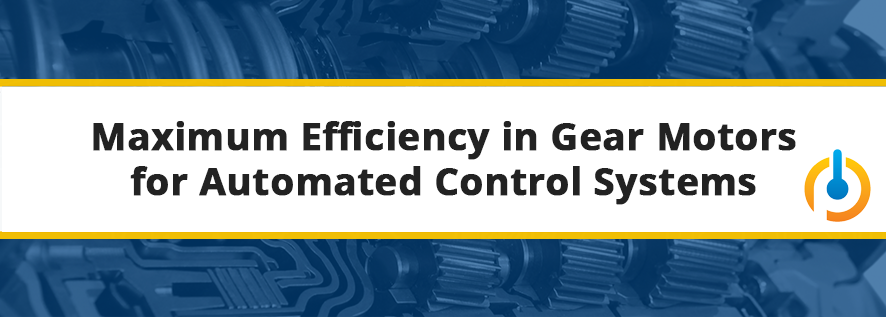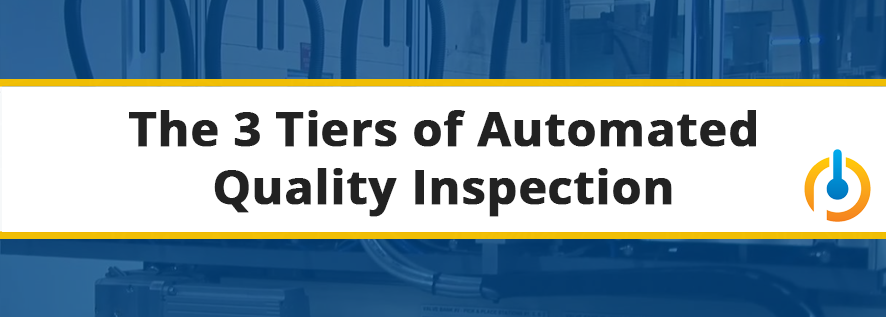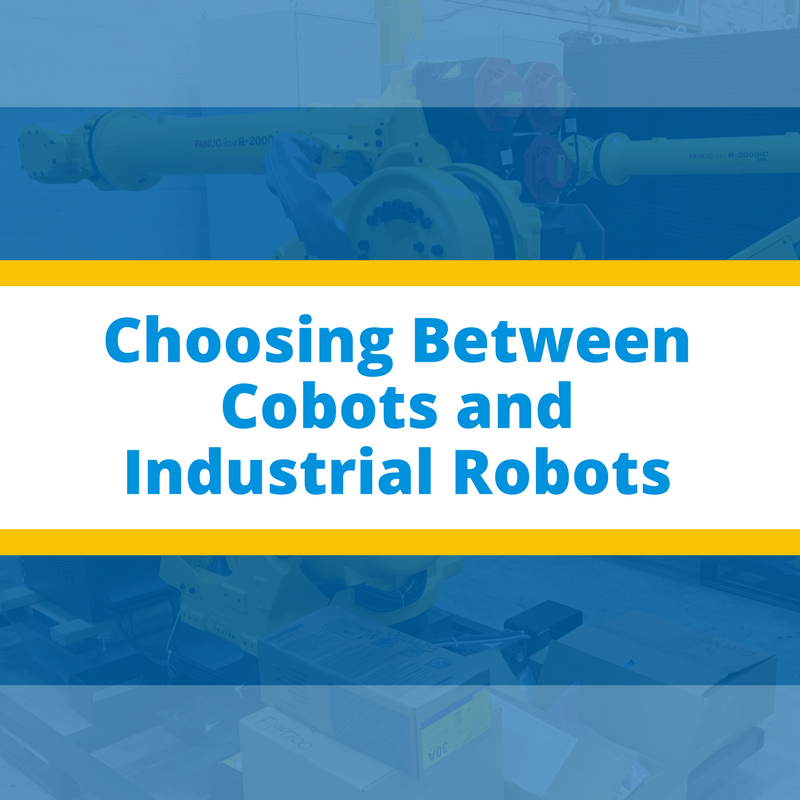Industrial Robotics is a well-established field within the manufacturing sector for the past thirty years, employed for a variety of tasks like stacking, sorting, casting, welding, etc. Robots are involved within industries as they are able to perform hazardous, repetitive tasks more accurately and economically than humans. But still, in reality robots have a long way to go before they can be assigned intelligent tasks that require reasoning.
Premier Automation
Recent Posts
Maximum Efficiency in Gear Motors for Automated Control Systems
In today’s world of industrial automation solutions, efficiency is one of the most heavily scrutinized aspects of automated control systems. Any part of an assembly line that is not operating at its maximum efficiency is going to end up costing more money in an energy analysis. In such an analysis, the energy usage of the components becomes the area with the most emphasis.
Implementing or integrating an automated quality inspection system can be a daunting task. To justify the cost, the system must be highly accurate, provide analytical insight, and allow the operator to communicate with and control the system. There are three tiers to quality inspection that can help you achieve the most value from an automated system.
Robots have served as the backbone of the manufacturing industry for decades, replacing humans in repetitive, laborious and time-consuming tasks. Advancements in engineering introduced robots to Artificial Intelligence (AI) and soon, the idea of collaborative robots took over. The scope of having a machine understand and work with you was promising, triggering developers to vigorously work on the idea. Simultaneous advancements in technology and boom in processing capabilities, turned the entire idea into practicality.
Many beginner automation enthusiasts often fail to establish appreciable differences between Supervisory Control & Data Acquisition (SCADA) and Human Machine Interfaces (HMIs). They often confuse both these entities as being similar and working for the same end-result. While the latter may be true, as in the end achieving automation is the desired result, the two terms are quite different and have limited overlap.
Finding New Value in Automation: Redesigning Processes
Automation has been a driving force in production and manufacturing over the past few years. Automation and control engineers are becoming more and more valuable as improvements in manufacturing become more necessary to keep up with technology. Automation can bring great value to companies and improve production quality and efficiency. Companies need to evaluate how automation can improve their business and give the company a step up in competing with other manufactures.
Motor and Motor Control Troubleshooting Techniques
The widespread use of motors in fields ranging from manufacturing to household applications means that downtime due to a malfunctioned motor can result in a great loss of productivity. A step-by-step approach is the best way you can analyze and subsequently troubleshoot a failed system.
AC Drives vs. DC Drives
The need for Electric Drives is universal, and is increasing at a resounded rate due to constant innovation in the field of industrial automation—specifically robotics. Electric Drives offer the most efficient solution to controlling the output of a motor, and therefore are widely used in almost all industries, big or small.
Variable Frequency Drives (VFDs) are required for precise control of speed, position and torque at different loads, which is not efficiently achievable through other methods such as introducing resistance. Some of the benefits of Electric Drives, AC or DC are:
- A high level of efficiency in an industrial environment
- Have a predictable behavior
- Allow the control of starting current
- Have faced great advancement in recent years and are now embedded with microprocessors and digital electronics components
While the entire idea of Lean Manufacturing and the benefits that come with it do sound enticing, several system integrators and vendors that have tried to implement it have run into hurdles which have prevented a complete adoption of the framework. From unfinished actions following Kaizen, to constant doubts from the management team, to individual personalities, Lean Manufacturingoften leaves engineers scratching their heads.
What Does Signal Processing Have in Store for Industrial IoT?
Internet of Things isn’t a far-fetched concept any more. The industrial world is making strides in its implementation backed by accelerated R&D, and while multiple definitions regarding the concept still exist, almost all stakeholders consider it a distributed network of intelligent sensors that allow operations to be controlled from a remote location in a precise manner.












